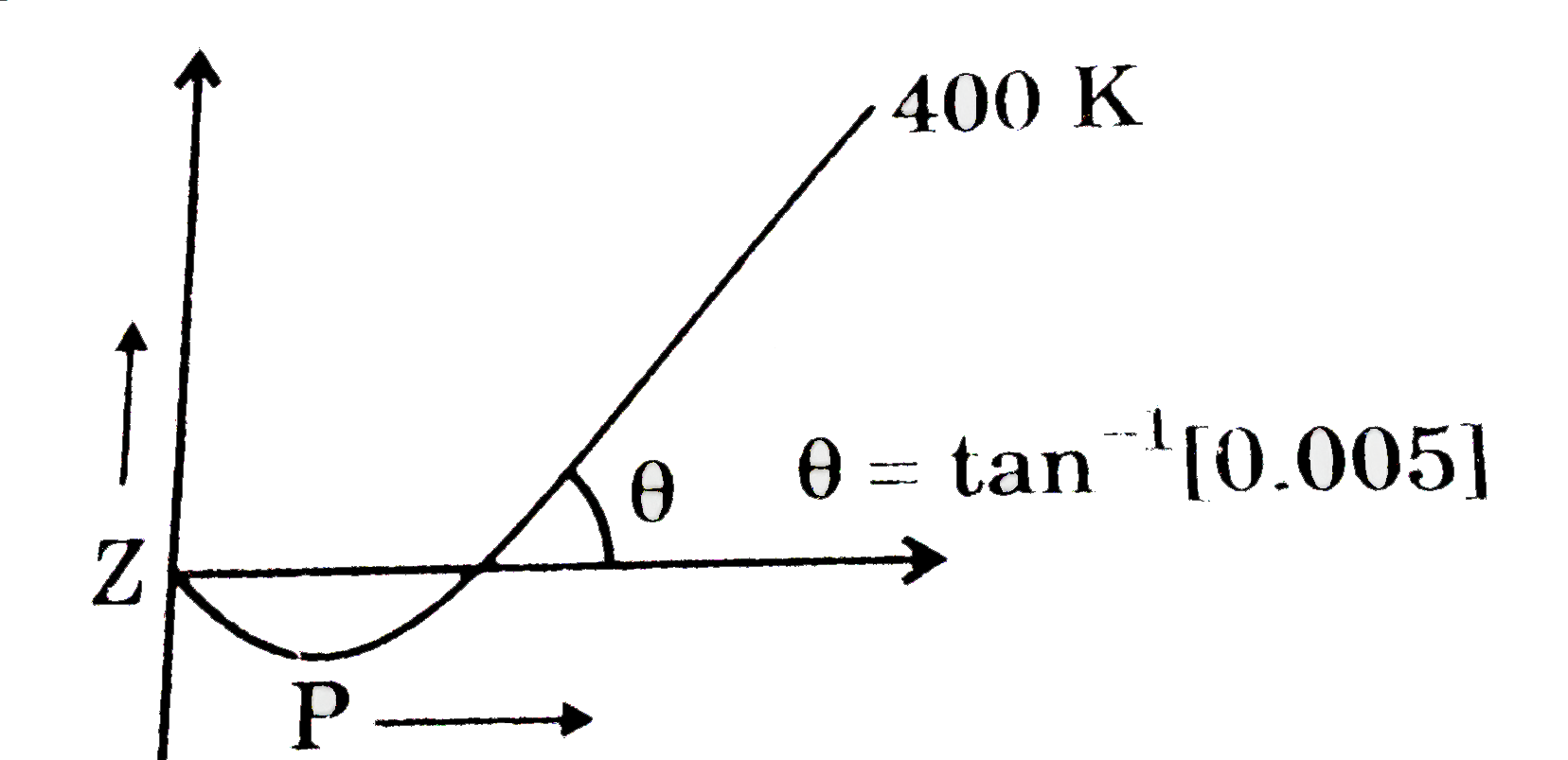The critical pressure for real gases is given by
8a27Rb
a27b2
2aRb
3b
The correct Answer is:B
The minimum pressure required to cause the liquefaction of a gas at its critical temperature is called the critical pressure , pc. It is given as
pc=a27b2
where a and b are van der Waals' gas constants.
Critical temperature (Tc)=8a27Rb
Critical volume (Vc)=3b
Inversion temperature (T1)=2aRb
Topper's Solved these Questions
- STATES OF MATTERBOOK - R SHARMACHAPTER - STATES OF MATTEREXERCISE - Follow -up Test 10
15 Videos
- STATES OF MATTERBOOK - R SHARMACHAPTER - STATES OF MATTEREXERCISE - Follow -up Test 11
8 Videos
- STATES OF MATTERBOOK - R SHARMACHAPTER - STATES OF MATTEREXERCISE - Follow -up Test 8
14 Videos
- SOME BASIC CONCEPTS OF CHEMISTRYBOOK - R SHARMACHAPTER - SOME BASIC CONCEPTS OF CHEMISTRYEXERCISE - Archives
26 Videos
- STRUCTURE OF ATOMBOOK - R SHARMACHAPTER - STRUCTURE OF ATOMEXERCISE - ARCHIVES
55 Videos
Similar Questions
Dalton's law is formulated as follows: the total pressure of a mixture of ideal gases is equal to the sum of the partial pressures of these gases. The partial pressure is the pressure of a given gas as if it alone occupied.
View SolutionAssertion : The pressure of real gas is less than the pressure of ideal gas.
Reason : Intermolecular forces of attraction in real gases are greater than in ideal gas.
View Solution
Knowledge Check
The Boyle temperature for real gases is given by :
Aa/RBa/bRC2a/bRDNone of theseIf critical temperature for the real gas is 500 K then the value of :
 ABoyle's temperature is 1687.5KBvan der Waals' constant a for the gas is 21.6 atm-L2/mol2CGas will show ideal behaviour at high temperature and low pressureDAt Boyle's temperature behaviour of gas is always ideal
ABoyle's temperature is 1687.5KBvan der Waals' constant a for the gas is 21.6 atm-L2/mol2CGas will show ideal behaviour at high temperature and low pressureDAt Boyle's temperature behaviour of gas is always idealThe total pressure exerted by the mixture of non reactive gases is equal to the sum of the partial pressure of individual gases above statement represent the
ADalton's law of partical pressureBNewton's law of partical pressureCGraham's law of diffusionDnone of the above
Which is/are correct for real gases?
View SolutionConsider the following statements:
(a) At high pressure all real gases have Z>1 while at moderate pressure most gases have Z<1
(b) Vanderwaal constant 'a' is measure of attractive force within the gas and is independent of temperature and pressure.
(c) Greater the critical temperature of a gas more easily it will be liquified.
(d) There is no force of attraction between molecules of ideal gas. The correct statements are: -
View SolutionConsider the following statements:-
(a) At high pressure all real gases have Z > 1 while at moderate pressure most gases have Z < 1
(b) Vanderwaal constant 'a' is measure of attractive force within the gas and is independent of temperature and pressure.
(c ) Greater the critical temperature of a gas more easily it will be liquified.
(d) There is no force of attraction between molecules of ideal gas.
The correct statements are :
View SolutionConsider the following statements. If the van der Waals' parameters of two gases are given as a/dm6bar mol−2b/dm3−mol−1
GasA 6.5 0.056
GasB 18.0 0.011
then
1. critical volume A> critical volume of B
2. critical pressure of A> critical presure of B
3. critical temperature of A> critical temperature of B
Which of the above statements is/are correct?
View SolutionConsider the following statements. If the van der Waals parameters of two gases are given as

1. Critical volume of A > Critical volume of B
2. Critical pressure of A > Critical pressure of B
3. Critical temperature of A > Critical temperature of B
Which of the above statements are correct?
View Solution
